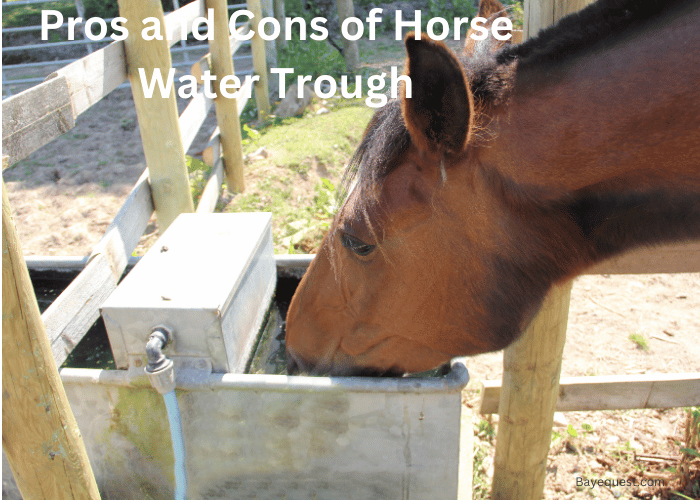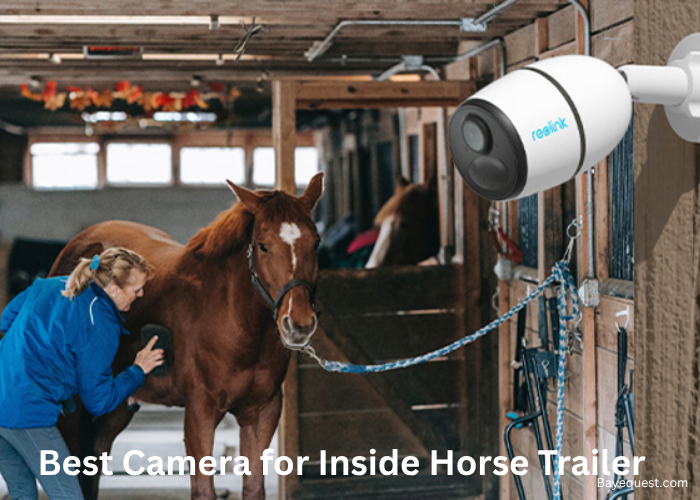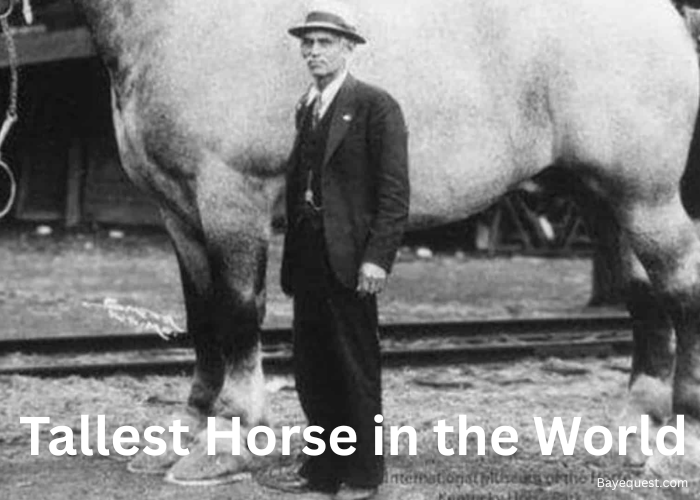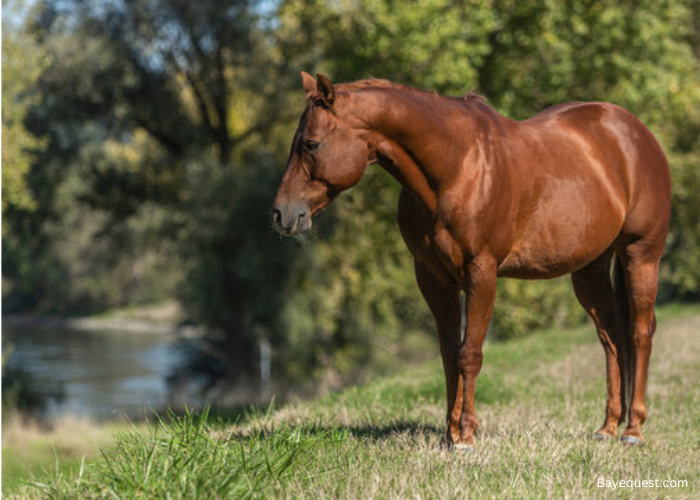Thirsty horses are unhappy horses. Water troughs keep them hydrated and happy.
But not all troughs are created equal. Some are heroes, while others are headaches. What’s the deal with horse water troughs?
Are they friends or foes? Let’s dive into the world of horse hydration. We’ll look at the good, the bad, and the muddy.
By the end, you’ll know exactly what to look for—and what to avoid. Ready to quench your curiosity? Let’s get started.
Pros and Cons of Horse Water Trough: Key Takeaway
Horse water troughs have pros and cons. Automatic waterers save time but are costly. Heated troughs prevent freezing but need power. Portable troughs are flexible but less durable. Traditional troughs are sturdy but require more maintenance. Choose the best fit to keep your horses happy and hydrated.
What Kind of Water Trough is Right for Your Horse?
Choosing the right water trough for your horse is crucial. Start with the basics.
Think about your climate. If it’s cold, a heated trough might be best.
Got a big herd? You’ll need something larger. Portable troughs are great if you move your horses often. Traditional troughs work well for stationary setups.
Don’t forget about maintenance. Some troughs need more cleaning than others. Consider your budget, too. There’s a trough for every price range.
Remember, a happy horse is a hydrated horse. So, pick the trough that keeps your horse drinking and smiling.
What to Look for in a Horse Water Trough
When picking a horse water trough, keep it simple. Look for size first. Is it big enough for your herd?
Next, think about the material. Metal, plastic, or rubber—each has pros and cons.
Check for sturdiness. Horses can be rough, so the trough needs to be tough.
Consider how easy it is to clean. Nobody likes scrubbing algae. If you live where it’s cold, a heated option can save you trouble.
And finally, think about cost. Find a balance between quality and price. The right trough makes sure your horse stays happy and hydrated.
Types of Horse Water Troughs
Let’s delve into the different types of water troughs available:
Automatic waterers
Automatic waterers are advanced systems designed to ensure a continuous supply of fresh water for horses. These devices are connected directly to a water source and use a float valve system to maintain water levels.
Pros
- Provides fresh water without the need for manual refilling.
- Reduces the risk of water contamination and stagnation.
- Takes up less space compared to traditional large troughs.
Cons
- Generally more expensive to purchase and install.
- Requires regular checks to ensure the mechanism is working properly.
- Needs a reliable water and sometimes power source.
Heated water troughs
Heated water troughs are designed to prevent water from freezing in cold climates. This ensures that horses have access to liquid water year-round.
These troughs have built-in heating elements that warm the water.
Pros
- Keeps water from freezing in cold weather.
- Encourages horses to drink more in winter.
Cons
- Requires electricity, increasing utility bills.
- More expensive than non-heated options.
Portable water trough
Portable water troughs are lightweight and easy to move, making them ideal for temporary setups or events such as horse shows. They are made from materials like plastic or rubber.
Pros
- Easy to move around, suitable for temporary setups or changing locations.
- Can be used in various locations, including pastures and shows.
- Generally cheaper than permanent installations.
Cons
- Often less durable than fixed troughs, with a higher risk of damage.
- Can be easily knocked over or moved by horses.
- Holds less water, requiring more frequent refills.
Traditional water troughs
Traditional water troughs are the most common type. They are made from durable materials like metal or heavy-duty plastic.
They are a staple in many barns and pastures.
Pros
- Built to last with robust materials that can withstand rough use.
- Can hold large volumes of water, making them suitable for bigger herds.
- No complex mechanisms, reducing the risk of malfunction.
Cons
- Requires regular manual refilling and cleaning, which can be labor-intensive.
- Water can freeze in cold weather without additional heating.
- Takes up more space, which might not be ideal for all setups.
Pros of Using Horse Water Trough
Ensuring horses have access to clean, fresh water is vital for their health and well-being. Using water troughs offers several benefits.
Let’s look at some of them:
1. Convenience
Water troughs provide an easy and efficient way to supply water to multiple horses. They reduce the need for constant monitoring and manual watering, saving you time and effort.
Automatic and heated options further enhance this convenience by maintaining water levels and temperatures without daily intervention.
2. Encourages hydration
Having a constant supply of water available encourages horses to drink more frequently. This is crucial for maintaining their hydration, especially during hot weather or after strenuous activities.
Well-hydrated horses are less likely to suffer from dehydration-related issues such as colic.
3. Variety of options
There is a wide range of water troughs available to suit different needs and environments.
Whether you need a portable option for events, a large trough for a big herd, or a heated trough for cold climates, there are products designed to meet those specific requirements.
This variety allows you to choose the best solution for your unique situations.
4. Temperature control
In colder climates, heated water troughs ensure that water remains liquid and accessible. This prevents the risk of dehydration due to frozen water sources.
This is particularly important in winter when natural water sources may freeze over, making it difficult for horses to stay hydrated.
5. Durability
Most horse water troughs are made from robust materials like heavy-duty plastic, metal, or rubber. These materials are designed to withstand rough use by horses, including being kicked or knocked around.
Durable troughs have a long lifespan, providing a reliable water source for many years with minimal maintenance.
Cons of Using Horse Water Trough
While water troughs are beneficial for maintaining horse hydration, there are several drawbacks that you need to consider. These include
1. Maintenance requirements
Water troughs require regular maintenance to ensure the water remains clean and safe for horses to drink.
This includes frequent cleaning to prevent algae growth and debris buildup. Failure to maintain the trough can lead to water contamination, which poses health risks to horses.
2. Initial cost
Depending on the type and size, water troughs can be quite expensive. High-quality automatic or heated troughs, in particular, involve a significant upfront investment.
For horse owners on a tight budget, the initial cost can be a considerable drawback.
3. Risk of freezing
In cold climates, traditional water troughs without heating elements are prone to freezing. Frozen water is inaccessible to horses, leading to dehydration.
Heated troughs can mitigate this issue but add to the cost and energy consumption.
4. Potential for injury
Improperly placed or poorly maintained water troughs can pose injury risks to horses. Sharp edges, loose parts, or unstable positioning can cause cuts, bruises, or even more severe injuries.
Ensuring the trough is safe and secure is essential but can require additional effort and vigilance.
5. Water quality concerns
Stagnant water in troughs can become a breeding ground for bacteria and insects, leading to poor water quality. Horses may be reluctant to drink dirty water, which can result in dehydration.
Regular cleaning and monitoring are necessary to maintain water quality, adding to the overall maintenance burden.
What is the Standard Size of a Horse Water Trough?
The size of a horse water trough can vary, but there are common standards.
Small troughs usually hold 15 to 30 gallons. They are about 24 to 36 inches long, 18 to 24 inches wide, and 12 to 18 inches high.
These are great for individual horses or small groups. They are also good for temporary setups or when you need something portable.
Medium troughs hold 50 to 100 gallons. They measure around 48 to 60 inches in length, 24 to 30 inches in width, and 18 to 24 inches in height.
These are suitable for medium-sized herds. They work well in smaller paddocks or pastures.
Large troughs have a capacity of 150 to 300 gallons. They are usually 72 to 96 inches long, 36 to 48 inches wide, and 24 to 30 inches high.
These are ideal for large herds or multiple horses. They are perfect for bigger pastures and stable setups.
When choosing a trough, consider the number of horses. Larger herds need bigger or multiple troughs.
Make sure the trough fits in the designated area without causing obstruction. Horses drink about 5 to 10 gallons of water per day, so keep their daily consumption in mind.
The standard size of a horse water trough varies. Common sizes range from 15 to 300 gallons. Pick the right size based on your horses’ needs and the available space. This will help keep your horses hydrated and healthy.
How to Install a Horse Water Trough
Installing a horse water trough is a straightforward process. However, it requires careful planning and attention to detail to ensure it functions properly and safely.
Here’s a step-by-step guide:
Step 1: Choose the right location
Select a flat, level area that is easily accessible to your horses. Ensure the ground is stable to support the weight of the filled trough.
Avoid placing the trough in low-lying areas where water can accumulate and create mud.
Step 2: Prepare the ground
Clear the chosen area of any debris, rocks, or vegetation. If necessary, level the ground to create a stable base.
You can also place a layer of gravel or a concrete pad to improve drainage and stability, especially in wet climates.
Step 3: Position the trough
Place the trough in the prepared location. Make sure it is stable and secure.
If the trough is large or heavy, you may need assistance to position it correctly. Ensure there is enough space around the trough for horses to drink comfortably.
Step 4: Connect the water supply (For automatic waterers)
If you are installing an automatic waterer, connect it to a water supply. Follow the manufacturer’s instructions for attaching the water lines and setting up the float valve system.
Ensure all connections are tight and secure to prevent leaks.
Step 5: Secure the trough
For added stability, especially in areas with active horses, consider anchoring the trough. You can use stakes, straps, or other securing methods to prevent the trough from being knocked over or moved.
Step 6: Fill the trough
Fill the trough with clean, fresh water. If you are using an automatic waterer, turn on the water supply and check that the float valve system works correctly.
For traditional troughs, use a hose or bucket to fill them to the desired level.
Step 7: Check for leaks
Inspect the trough and all connections for leaks. Ensure that the trough holds water without any issues.
For automatic waterers, make sure the float valve operates correctly and shuts off the water flow when the trough is full.
Step 8: Regular maintenance
Regularly check the water trough for cleanliness and water levels. Clean the trough frequently to prevent algae growth and contamination.
In cold climates, ensure that the water does not freeze, and consider using a heated trough or de-icer if necessary.
Read also: How Long Can a Horse Go Without Water?
Ways to Maintain a Horse Water Trough
Keeping your horse’s water trough clean and functional is crucial. Here are some simple ways to maintain it.
Regular cleaning is essential. Clean the trough often, using a brush and some vinegar or mild soap.
Scrub away any algae and dirt that build up over time. Rinse it well to remove any cleaning residue, so it doesn’t affect the taste of the water for your horses.
Always keep an eye on the water level. Horses need constant access to fresh water, so make sure the trough is always filled.
Refill it as needed, especially on hot days when your horses will drink more. Regularly checking the water level ensures your horses stay hydrated.
Inspect the trough for any damage. Look for cracks, leaks, or other signs of wear and tear. Fix small issues quickly to prevent them from getting worse.
If the trough is too damaged, consider replacing it to ensure it remains safe and functional for your horses.
Prevent algae growth by positioning the trough in a shaded area. Algae thrive in sunlight, so keeping the trough out of direct sunlight can help reduce algae growth. You can also use non-toxic algae control products designed for animal water supplies.
In colder climates, make sure the water doesn’t freeze. Use a heated water trough or a trough heater to keep the water at a drinkable temperature. Regularly check the heater to ensure it’s working properly and maintaining the water temperature.
Plastic Vs Metal Water Trough
Choosing between plastic and metal water troughs depends on various factors.
Plastic troughs are lightweight, affordable, and resistant to rust. Therefore easy to move and cost-effective.
However, they can be less durable, more prone to damage from horses, and may crack or break in extreme temperatures.
Metal troughs, made from galvanized steel or aluminum, are more durable and resistant to damage. They develop less algae, but they are heavier, more expensive, and can rust over time.
Metal troughs may also freeze water faster in cold climates unless heated. Consider your needs, budget, and environment to make the best choice for your horses.
Horse Troughs Vs Automatic Waterers
Horse troughs are large, open containers that hold water for horses. They are simple, affordable, and can serve many horses at once.
However, they need regular refilling and cleaning, and the water can freeze in winter.
Automatic waterers, on the other hand, provide a continuous flow of fresh water using a float valve system. They save time and ensure horses always have water but are more expensive and require installation and maintenance.
Automatic waterers are more convenient but costlier and dependent on a reliable water supply.
Water Troughs Vs Natural Water Sources
Water troughs provide controlled, clean water for horses and can be placed conveniently. However, they need regular cleaning and can freeze in cold weather.
Natural water sources, like ponds or streams, offer a more natural drinking option and require no maintenance. On the downside, they can be contaminated and difficult to monitor for water quality and availability.
Troughs ensure consistent, safe water access, while natural sources can be unpredictable and pose health risks due to potential contamination.
How Much Water Do Horses Drink During the Day?
Horses drink a lot of water every day. On average, a horse drinks between 5 to 10 gallons of water daily.
This can vary based on their size, diet, and activity level. Hot weather or heavy exercise can make them drink more.
If they eat dry hay, they might need even more water. Always make sure they have access to fresh, clean water. A well-hydrated horse is a healthy horse.
Read more: How Much Water Should a Horse Drink a Day?
How to Deal With Troughs in Freezing Weather
Though tough, it is important to deal with troughs in freezing weather.
First, consider using a heated water trough. It keeps the water from freezing and saves you time.
If a heated trough isn’t an option, try using a trough heater or de-icer. These gadgets can prevent ice from forming.
Another trick is to place the trough in a sunny spot, as the sun can help keep the water warmer. You can also insulate the trough with straw or foam to retain heat.
Lastly, check and break the ice regularly to make sure your horses always have access to fresh water. Keeping the water flowing in winter is crucial for your horses’ health.
Conclusion
In the end, choosing the right horse water trough boils down to your needs and preferences. Each type has its pros and cons. Automatic waterers save time but cost more.
Heated troughs keep water flowing in winter but need power. Portable troughs are flexible but can be less durable.
Traditional troughs are simple and sturdy but need more maintenance. Consider your horses, your climate, and your budget.
With the right trough, your horses will stay happy, healthy, and hydrated. Keep it cool, keep it clean, and keep those horses drinking.








